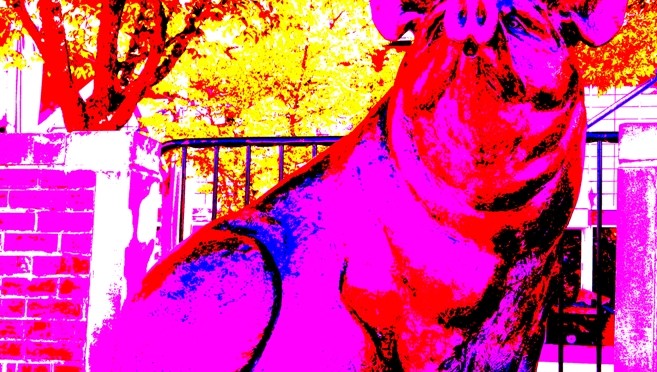“The artist should call forth all his energy, his sincerity, and his greatest possible modesty in order to push aside during his work the old clichés that come so ready to his hand and can suffocate the small flower that itself never turns out as one expected.”
— Henri Matisse1
Isn’t it wonderful how things sometimes “line up”? I’ve been thinking a lot lately about the mission and activities of The Earl Wentz and William Watkins Foundation, how to explain succinctly our educational approaches, and what our next steps will be. Right now, of course, our Summer Musical Theatre Workshop looms large on the horizon. But then there are the other initiatives on the schedule, too, including performances of some of Earl Wentz’s musical works.
How to do it all? How to gain additional support beyond what the foundation can contribute from its own resources? How to keep growing and not just repeating what we already know and have done? How to keep moving towards fulfilling our goals?
I get restless as I ponder and so I roam.
And it works. For me.
In the last week, I’ve visited the fabulous new Crystal Bridges Museum of Art in Arkansas, seen architect Fay Jones’s stirring masterpiece Thorncrown Chapel, hiked over rushing river waters via marvels of engineering, and just today attended an exhibition of the art books of Henri Matisse at the Bechtler Museum of Modern Art.
All the while, the questions swirl through my head. Sometimes they are “top of mind”; sometimes they are just beneath the surface.
I use the multi-disciplinary approach that I’ve touted so much lately in other blog posts. How did that architect meet that challenge and create magnificence in the magnificent wildneress? What does that painting strike in me? What’s the emotion of those colors and shapes? Those raging waters beneath the bridge that churn back and forth against the spillway of the dam with such energy and force are like all the feelings and thoughts and unbridled creativity surging through me. How to harness them and make “electricity”? How to bridge the gap between where I am — and we are — and where we want to be?
After an initial period of work, Matisse moved into what is now known as “Fauvism”, from the French for “wild beasts”, the reactive phrase of one critic of the day who viewed the artists working in this style as just that. Wild colors, not like those found in the actual subjects, were used to express all manner of emotions. A break with traditional mechanical techniques of the brush and strict applications of paint and attention to form turned the world of art upside down and opened the door for new avenues of creativity not just for Matisse but for other artists as well.
“Wild beasts” are what have been running through me as I plan. “Wild beasts” are what we want to unleash in our students: new, exciting, and free of clichés. And it’s the same for the program we want to create this summer. We’re expanding to include new music and dance, more creative writing, as well as an exploration of the visual arts this summer and seeing how it all works together.
In the 1940’s, when he could no longer paint or sculpt due to illness, Matisse moved to an entirely new form of expression, developing the exuberantly colored and shaped “cut out” collage works such as the collection in his art book, Jazz. (He returned to painting to a comparatively limited degree very late in life, carrying forward the developments from his “cut out” work.)
And it is from this period of adaptation due to necessity and rooted in that overwhelming urge to create in ever-new ways, that the quote from Jazz that heads this blog post comes. And came to me today. Just when I needed it. But only because I had put myself in the places where I could hear the call of the beasts.
Where do you go when you have problems to consider and find solutions for?
Do you have a specific technique or approach to problem solving?
What role do the arts play in this for you?
(Please share your comments and thoughts by using the “Comments” feature below.)
1 Matisse, Henri. Excerpt from Jazz, pp 90-93. Paris: Efstratios Tériade, 1947. Translated from the French by Sophie Hawks.
© William B. Watkins and “William Weighs In”, 2014-2015. All rights reserved, including the right of reproduction. This blog and all its content and components, including but not limited to photographs, videos, music, and text entries, are fully protected by all copyright laws of the United States of America and by international covenants. This work may not be reproduced in whole or in part in any form. Unauthorized use and/or duplication of this material without express and written permission from this blog’s author and/or owner is strictly prohibited.


Brilliant, Bill.
A trip to the museum is always a great way to clear your head and pick up some new perspectives.
So glad this is working for you!
This was a great read to start my morning. I really like that you included architecture and engineering with visual arts as a source of inspiration for you.
i’m a ponderer too and sometimes I just turn on music and start to move when I have something heavy to consider.
Keep writing and keep sharing it. This is awesome stuff.